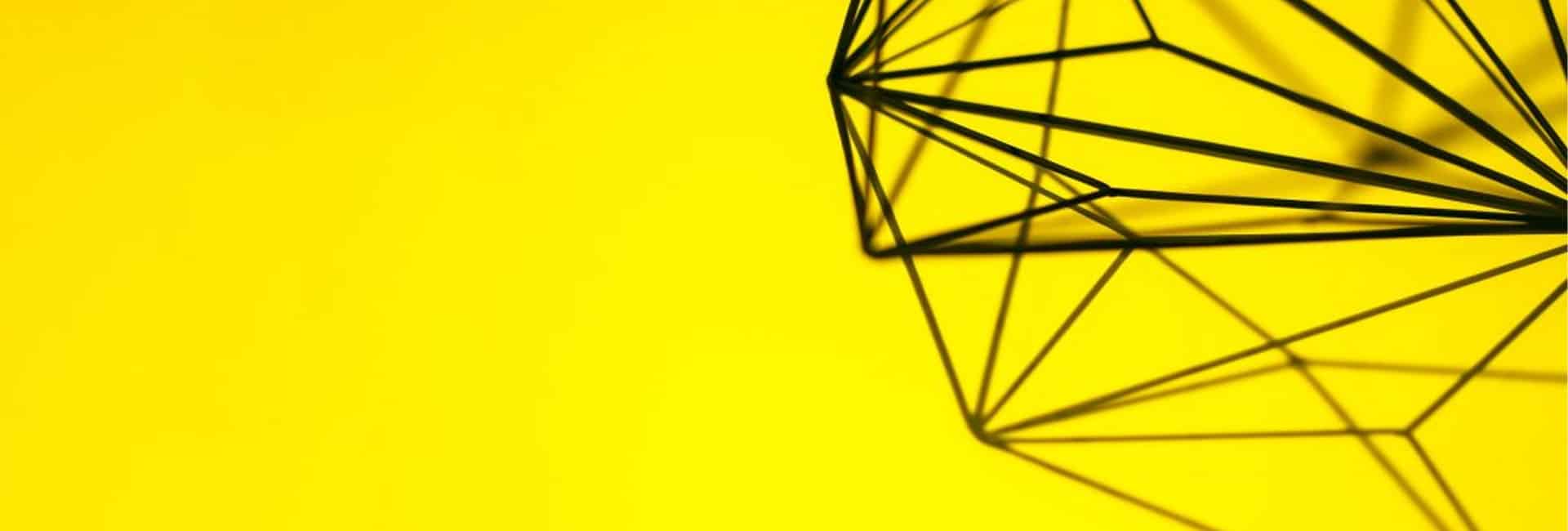
Used under a Creative Commons Licence
Creativity, Originality and Copyright Law
There is a lot of information involved when it comes to creativity, originality and copyright law. Clients often ask us what it would take to assert copyright in their drawings, artistic works or logos. The answer is simple. The first step is you need the work to be original in the sense that the copyright work was independently created and not copied from another source. The second step is that the work needs to be reduced to material form (for example, you cannot claim copyright of a pattern on the top of a cappuccino).
Does the work need to have artistic or aesthetic qualities?
The short answer is no.
Unlike in the US where some minimal degree of creativity is generally called for, in Australia, copyright protects artistic works regardless of artistic merit. That said, the work in question needs to be sufficiently substantial. For example, a circle or square on its own may not be sufficient on its own to attract copyright.
The logo below would not be sufficiently original to attract copyright:
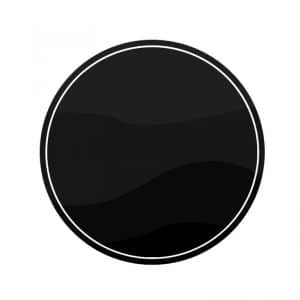
In contrast, the following logo is sufficiently original to attract copyright:

What about ideas, styles and themes?
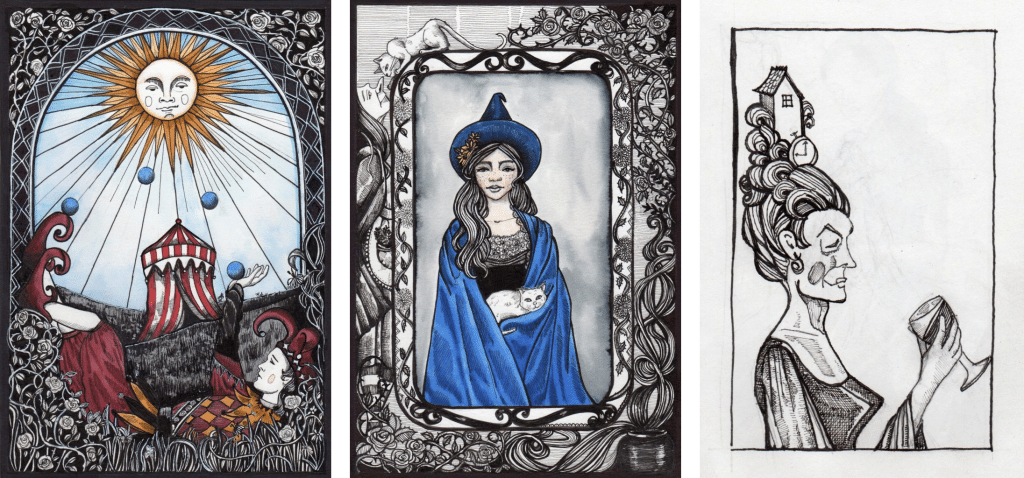
It is an entrenched rule that you can’t copyright an idea, rather, you can only copyright the expression of an idea. This can be understood by looking at the works of illustrator Karen Langham (based in Perth) seen above.
All these drawings have different themes and ideas. However, Karen would not own these ideas in their own right. For example, anyone can draw a picture of a house coming out of tree roots.
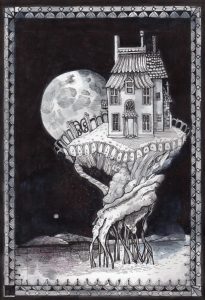
However, if they were to copy Langham’s illustration that would infringe copyright. Another example would be, looking at the illustration below, anyone can draw a queen with hearts on their dress.
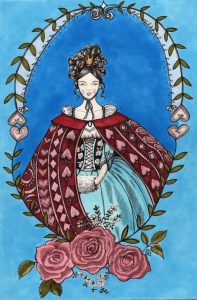
For example, there are renditions of the Red Queen from Alice in Wonderland and Through the Looking Glass with hearts on her dress.
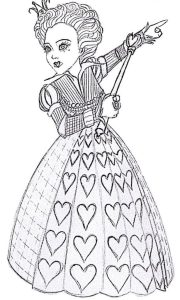
The Public Domain
So now you are starting to get the picture, what about using images in the public domain?
The first thing to note is that just because an image is on the internet does not mean it is in the public domain. In fact, most images that you will find online are protected by copyright which means you cannot reproduce them without permission. An exception to this rule is works which are out of copyright, bearing in mind that copyright lasts for the life of the author plus 70 years. For this reason, we were able to reproduce the image from Lewis Carrol above (which was created in the 1860’s). In contrast the same wouldn’t apply to an image of the Queen created by Disney or Tim Burton – they have not lapsed into the public domain and will not for decades yet.
What if you find the perfect image on Google but can’t locate the artist?
This is a really interesting question because it involves the question of orphan works.
What are Orphan works?
Currently, under Australian Law, even if you undertake a diligence search for the artist of a particular image, failure to locate them will mean that the works will be properly classified as orphan works.
An ‘orphan work’ is a work that is protected by copyright but whose owner cannot be identified or located. This issue is considerably pertinent to Australia since users cannot rely on the defence ‘fair use’ to use these works. So you could still infringe copyright even if you cannot locate the author (and if the picture looks old but you cannot verify this for sure).
To overcome this issue, there are proposals in place to incorporate a ‘fair use’ provision would help to ensure that orphan works can still be used by the public when a diligent search has been done but this is not the law as yet.
What about Copyright free or royalty free images?
Copyright free images are images that can be used by anyone without breaching copyright. However, sometimes this may only apply to personal use and not commercial. It is always worth checking the licence to see what you are able to do with an image. It should be noted that “Royalty Free” images still fall under the “Copyright” category as they are not yet in the public domain. Many people believe “Royalty Free” means that the asset is free. However, typically, you might pay a one-time fee or subscription fee to gain access to the images and then you may use it however you like (again, according to the terms set out by the authour).
“Creative Commons,” has also recently become more prevalent in the images world. The idea behind Creative Commons is the desire to share works with the online community without a price but usually with conditions requiring that you attribute the creator when you use their work.
There are images online that can be used without attributing an author or breaching copyright. However, always make sure you check the licence and stick to the conditions set out.
How we can help you with creativity, originality and copyright law
Sharon Givoni Consulting has worked extensively in this area.
Call us today to speak to us about help in this area.
Please note the above article is general in nature and does not constitute legal advice.
Please email us info@iplegal.com.au if you need legal advice about your brand or another legal matter in this area generally.


